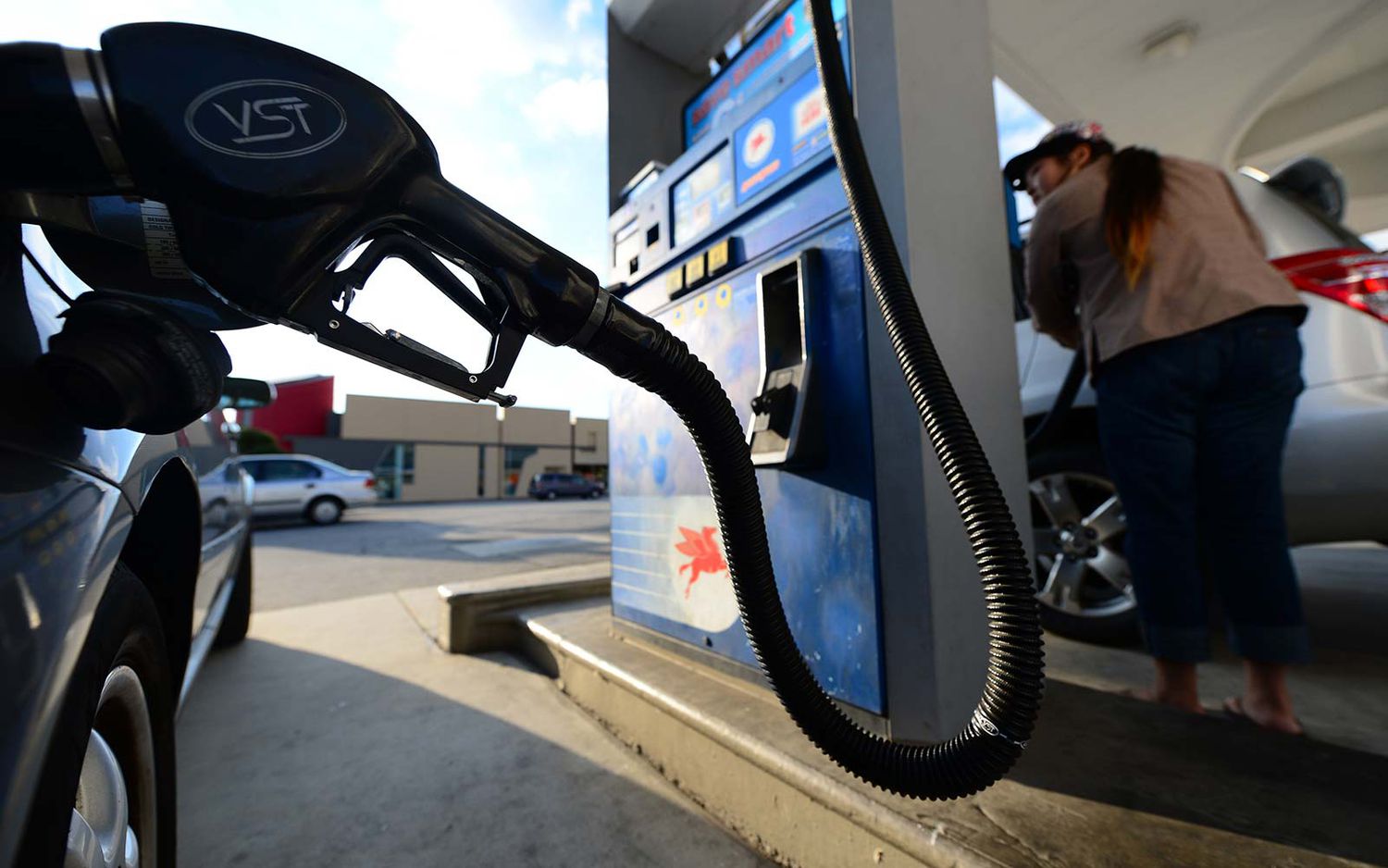[ad_1]
Key Takeaways
- U.S. fuel prices may not continue falling steadily, U.S. EIA report suggests.
- Average annual gasoline prices have surged the past two years after remaining below $2.75/gallon since 2014.
- Diesel prices to remain near all-time highs.
Gas prices may have finally slipped to a one-year low — but they probably won’t stay down for long.
The U.S. Energy Information Administration (EIA) latest’s monthly forecast predicts retail prices for regular gasoline will average $3.51 a gallon in 2023, down 10 cents from its previous outlook and below the $3.99 expected this year.
Yet even after tumbling by a third in recent months, prices remain 16% higher than last year and considerably more than prior to the pandemic. Diesel also is expected to remain near all-time highs next year.
Surging fuel prices helped ignite the fast inflation rate in four decades, and the new forecast dampens expectations that the Federal Reserve has raised interest rates enough to tame it. While fuel accounts for just 8% of the U.S. Consumer Price Index (CPI), and economists tend to focus on “core” inflation data that strip out volatile energy and food costs, consumer and investors had hoped the recent pullback signaled a wider easing in price pressures throughout the economy.
Elevated Prices Ahead
Higher interest rates aim to curb consumers’ appetite demand for goods and services, and the Fed’s rate hikes this year have pushed the economy to the brink of recession. Still, last week, U.S. retail gas prices averaged $3.39 a gallon, down from their peak of slightly more than $5.03 in mid-June and on par with year-ago levels.
| Average U.S. Gasoline Prices | |
|---|---|
| Week Ending | $ Per Gallon |
| Dec. 5,2022 | 3.39 |
| July 4, 2022 | 4.77 |
| Jan. 3, 2022 | 3.28 |
| July 5, 2021 | 3.12 |
| Jan. 4, 2021 | 2.24 |
| July 6, 2020 | 2.18 |
| Jan. 6, 2020 | 2.58 |
Even so, the EIA report is a reminder that fuel prices will remain elevated for some time, at least compared with what drivers had grown accustomed to prior to the pandemic.
Average annual U.S. gas prices fell 42 cents a gallon to $2.18 in 2020, when pandemic shutdowns strangled the economy. They surged 39% as the economy reopened in 2021 and have gained another 32% this year.
Even with the expected decline in 2023, average U.S. retail prices would remain at least 77 cents a gallon higher than any year since 2014, when prices averaged $3.36 a gallon. U.S. refining capacity is at its lowest level since then, having dropped 5.5% since 2020 as some refineries that closed when demand plunged during the pandemic didn’t reopen.
Entering Seasonal Downturn
U.S. gas prices typically hit seasonal lows as demand wanes during the winter months, when many refineries halt production temporarily for routine maintenance to ensure adequate supplies for summer driving demand. In the past month, U.S. futures prices for February gasoline deliveries have declined 21% as U.S. refineries continue running at higher-than-normal production levels heading into winter.
Meanwhile, the EIA’s nationwide prediction next year masks vast differences expected on a region-by-region basis. Along the U.S. Gulf Coast, within close proximity to about half the nation’s refining capacity, the agency sees retail prices averaging $3.12 per gallon next year. On the West Coast, where higher state taxes on crude oil and shipment costs tend to boost prices, it forecasts an average of $4.27.
As with gasoline prices, diesel prices that account for a portion of consumer goods’ costs also have decreased in recent months but likely will remain higher in 2023 than before the pandemic.
U.S. diesel last week averaged $4.97 per gallon, down 35 cents since Oct. 31. The EIA foresees an average of $4.48 per gallon in 2023, down from $5.05 this year but up from $3.29 last year. Prior to this year, diesel prices never had exceeded $4 a gallon, topping at $3.97 in 2012.
[ad_2]
Image and article originally from www.investopedia.com. Read the original article here.

